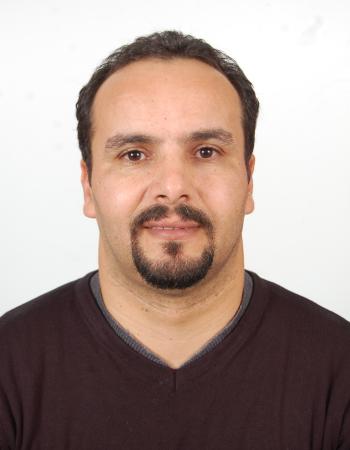Characterization of two major satellite DNAs specific to the genus Discoglossus Amphibia, Anura
Picariello, O. . 2012
Two new high repetitive DNAs were isolated from Discoglossus pictus genomic DNA digested with StuI. Sequence analysis of clones indicated two types of repetitive units 143–148 bp and 170–177 bp long, respectively. Southern blot analyses show ladders of bands indicating that both repetitive units are organized in long tandem arrays and belong to two different satellite DNAs that were named Dp-sat2 and Dp-sat3. A similar ladder of bands was also produced when genomic DNA was digested with ClaI in the case of Dp-sat2, or with ScaI in the case of Dp-sat3. Quantitative dot-blot analyses indicate that Dp-sat2 and Dp-sat3 account for about 2.6% and 2.2%, respectively, of the D. pictus genome. Considering that D. pictus has a genomic DNA content of 10.5 pg/N, our data indicate that Dp-sat2 and Dp-sat3 repetitive units are present in about 2.3×106 and 1.6×106 copies per diploid genome, respectively. Dp-sat2 and Dp-sat3 probes produced the same patterns of hybrid bands in Southern blots and the same genomic content in dot-blots in all the other Discoglossus species, except D. montalentii which showed a different band pattern and genomic content. The chromosomal distribution of the two StuI satellites shows some similarities: both Dp-sat2 and Dp-sat3 probes mainly labelled the pericentromeric regions of the large chromosome pairs 1–5 and 7. Moreover, probes from both satellite DNAs also produced faint fluorescent mini-spots along almost all chromosome pairs. These data suggest that both satellite DNAs have two types of organization, one in long arrays localized in pericentromeric positions, and the other in short arrays dispersed in the genome

A high percentage of camel handlers in Saudi Arabia are seropositive for Middle East respiratory syndrome corona- virus.

A high percentage of camel handlers in Saudi Arabia are seropositive for Middle East respiratory syndrome corona- virus.

Fasciolosis is a foodborne trematodosis characterised by a worldwide distribution. Various approaches have been developed for the study of the causative agents of this parasitic infection:…

